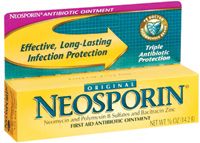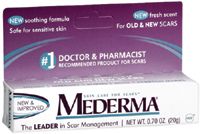When it comes to the first aid product category, one size does not fit all
Hamacher Resource Group offers pharmacies advice on how to lay out their first aid product category.

According to Information Resources, Inc. (IRI), first aid accessories and treatments generated over $1.7 billion (in food, drug, and mass outlets, excluding Wal-Mart) during the 52 weeks ending February 21. This number is up slightly from $1.6 billion a year ago. First aid accessories and treatments include items such as bandages, tape and gauze, heat and ice packs, first aid kits, antiseptics, anti-itch items, and smelling salts.
While it is true that the first aid category is mature, fierce competition in the bandages segment has reignited excitement, giving both private-label and national brands the opportunity to innovate and thrive-perhaps even allowing the category to experience more significant growth this year.

Manufacturers primarily saw mothers of young children as their target audience. While it is true that mothers do make up a good portion of category shoppers, their most challenging wound concerns typically consist of skinned knees and paper cuts. They don't usually require a specialty product, except maybe a bandage with their child's favorite cartoon character. This attitude left a whole pool of other people dissatisfied with the lack of choice and actively seeking more options. Fortunately, manufacturers recognized these need gaps, and this narrow view of category shoppers has changed in recent years.
Active consumers drive need-based product solutions

Active individuals have expressed a need for more specialized first aid products. Whether young or old, they seek products that will keep them "in the game" longer and not stuck standing on the sidelines of life. One-size-fits-all bandages just don't fit the bill anymore.

These shoppers seek bandages with value-added benefits: